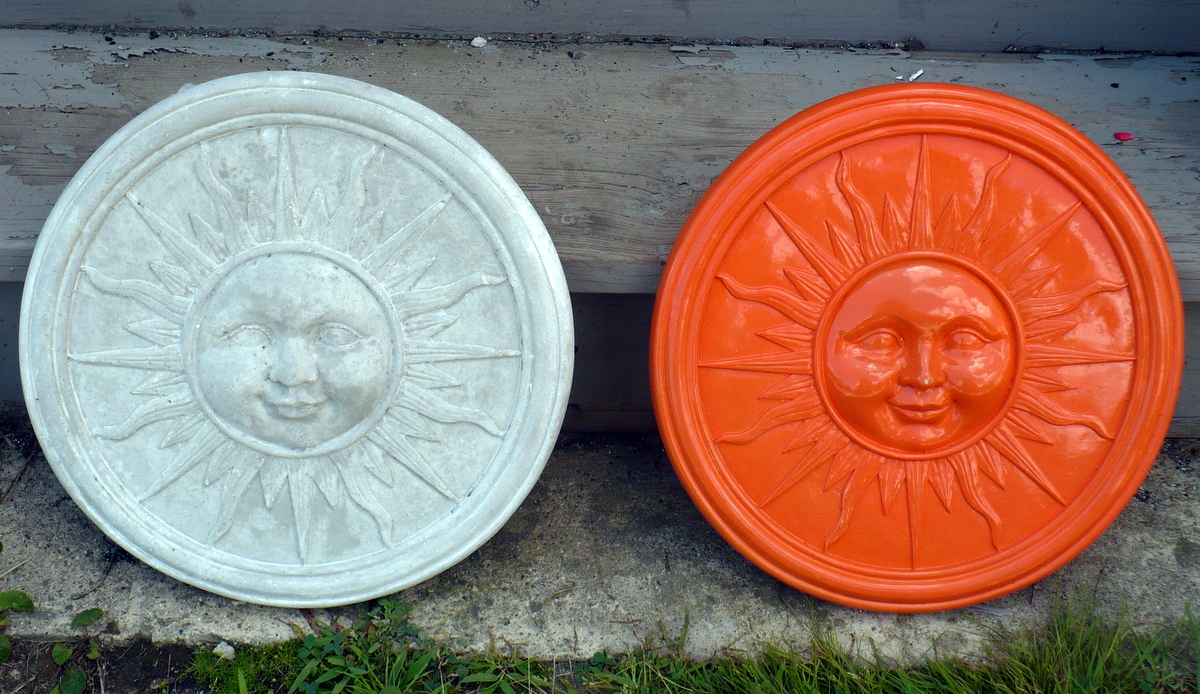ComposiStone, a versatile and durable material, has gained popularity among artists and sculptors for its ability to capture intricate details and provide a stone-like finish. Once you have created your masterpiece with ComposiStone, the next step is to bring it to life through the art of painting. In this blog post, we will guide you through a step-by-step process on how to paint a ComposiStone sculpture, allowing you to enhance its visual appeal and showcase your artistic vision.

Step 1: Preparing Your Sculpture
Before diving into the painting process, ensure that your ComposiStone sculpture is clean and free from any dust or debris. Use a soft brush or cloth to gently remove any loose particles. This will provide a smooth surface for the paint to adhere to and ensure a clean and professional finish.
Step 2: Priming the Surface
Priming the surface is crucial to create a solid foundation for your paint. Apply a suitable primer designed for use on stone-like surfaces. Use a brush or a foam applicator to evenly coat the sculpture, ensuring complete coverage. Allow the primer to dry thoroughly according to the manufacturer's instructions.
Step 3: Choosing Your Paint
Selecting the right paint is essential to achieve the desired effect on your ComposiStone sculpture. Acrylic paints are commonly used for their versatility, fast drying time, and ability to adhere well to various surfaces. Choose high-quality acrylic paints in the colors of your choice, considering the color scheme and style you want to achieve.
Step 4: Painting Techniques
4.1 Base Layer: Start by applying a base layer of paint to your sculpture. Use a large brush or a foam brush to cover the entire surface with the desired base color. Apply multiple thin coats, allowing each layer to dry before applying the next. This will ensure a smooth and even coverage.
4.2 Layering and Highlights: Once the base layer is dry, you can add depth and dimension to your sculpture through layering and highlighting. Use smaller brushes to apply additional layers of paint, gradually building up the colors and textures. Pay attention to the contours and details of your sculpture, adding shadows and highlights to enhance its three-dimensional appearance.
4.3 Dry Brushing and Washes: Dry brushing and wash techniques can add interesting effects to your ComposiStone sculpture. Dry brushing involves using a dry brush with a small amount of paint to create texture and emphasize specific areas. Washes, on the other hand, involve diluting paint with water and applying it in thin layers to create translucent color effects.
Step 5: Finishing Touches
Once you are satisfied with the painted appearance of your ComposiStone sculpture, allow it to dry completely. To protect the paint and give it a finished look, apply a clear varnish or sealant designed for use with acrylic paints. Follow the manufacturer's instructions on application and drying time.
Conclusion:
Painting a ComposiStone sculpture allows you to add a personal touch and bring your artistic vision to life. By following these step-by-step guidelines, you can achieve stunning results and transform your ComposiStone sculpture into a captivating work of art. Embrace your creativity, experiment with different techniques, and enjoy the process of painting your ComposiStone masterpiece.
Here are 10 ways you can use ComposiStone:
1. Sculptures: Create stunning sculptures using ComposiStone. Its ability to capture fine details makes it an excellent choice for sculpting intricate forms, whether it's a small figurine or a larger art piece.
2. Home Decor: Use ComposiStone to make unique home decor items such as vases, candle holders, bookends, or decorative bowls. Its stone-like appearance adds a touch of elegance to any interior.
3. Garden Ornaments: Craft durable garden ornaments like statues, planters, and stepping stones using ComposiStone. Its weather-resistant properties make it suitable for outdoor use, allowing you to enhance your garden with personalized accents.
4. Jewelry: Experiment with ComposiStone to create custom jewelry pieces. Whether it's pendants, beads, or statement rings, its versatility and strength make it an interesting material for unique (probably heavy) wearable art.
5. Prototypes and Models: ComposiStone is an excellent choice for prototyping and model making. Its ability to capture details and its durability make it ideal for creating realistic prototypes or architectural models.
6. Art Restoration: Utilize ComposiStone to restore and replicate damaged or missing parts of art objects. Its ability to mimic the texture and appearance of stone allows for seamless restoration work.
7. Replicas and Reproductions: With ComposiStone, you can create replicas or reproductions of historical artifacts, antiques, or archaeological finds. Its versatility allows for accurate reproductions that closely resemble the original pieces.
8. DIY Crafts: ComposiStone opens up a world of creative possibilities for DIY enthusiasts. Use it for various crafting projects such as making decorative tiles, coasters, wall plaques, or personalized gifts.
9. Faux Stone Finishes: Transform ordinary surfaces into stunning faux stone finishes using ComposiStone. Apply it as a textured coating on walls, furniture, or other objects to achieve a realistic stone-like appearance.
10. Educational Projects: ComposiStone can be a valuable material for educational projects. Use it for creating models, dioramas, or displays that require a durable and visually appealing finish.
With its versatility and ability to capture fine details, ComposiStone can unleash your creativity and allow you to explore a wide range of artistic and practical applications.

